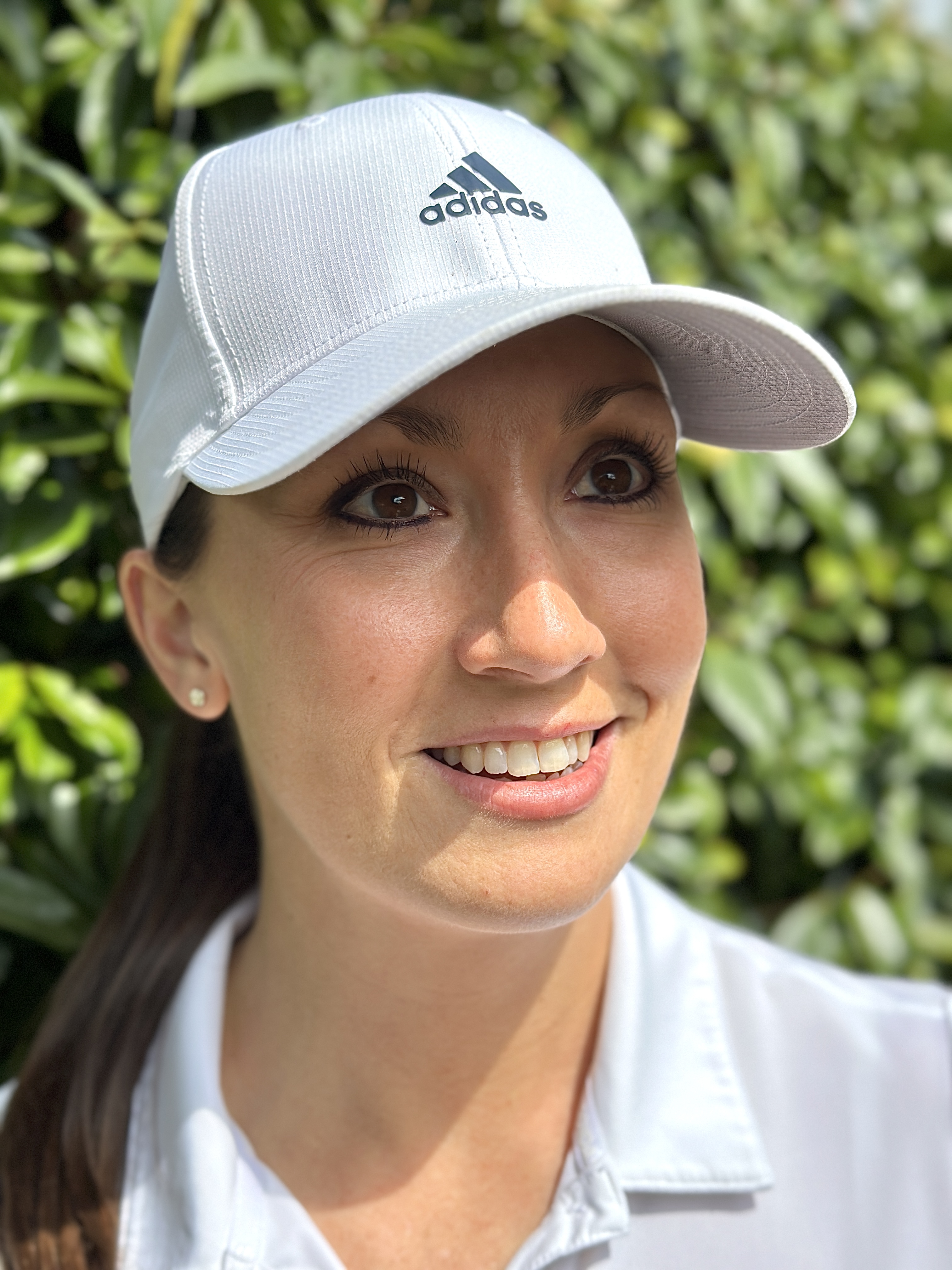Dropped Your Handicap? Here Are 4 Tips To Stay There (And Keep Getting Better)
Following a handicap drop, single figure golfer Jess Ratcliffe shares her tips on how best to maintain it and continue to improve
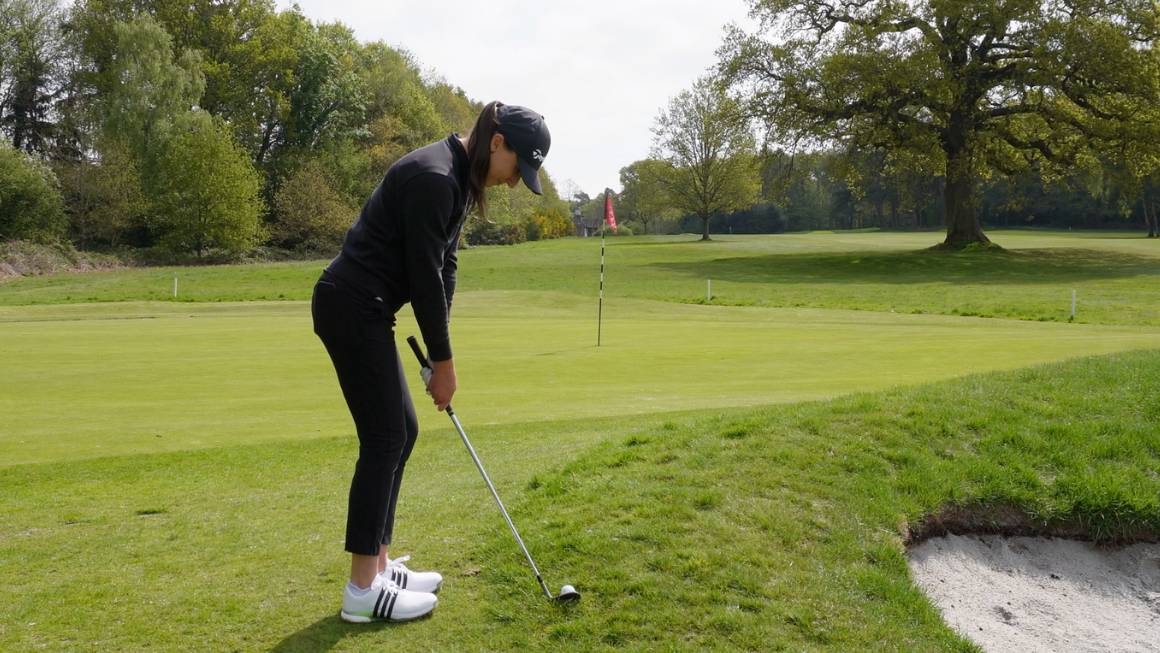

Cutting your handicap is one of the most exciting feelings in golf but with a big handicap drop comes a new pressure to live up to it. Suddenly you’re not getting a shot per hole and pars become the goal rather than a bonus.
As you move through those milestones, from the 30s to the 20s, the 20s to 18, 18 to 15, 15 to 12 and then…single figures, the shots you get shrink but the expectation to perform lifts.
I’ve experienced a few big handicap drops – going from 34 to 9 in a year and now playing off 7 – as well as the pressure that grows along the way. Here are my top tips for playing to your handicap after a big drop and continuing to improve too.
Focus On The Progress You've Made, Not The Shots You've Lost
When I speak to golfers who have experienced a big handicap cut, one of the first things they mention is how they’ve lost shots. They say something like “I’m only getting a shot per hole now, I used to get 2 shots here”, or “There are 4 holes where I don’t even get a shot now.”
That perspective is interesting to me because their focus is on what they’ve lost, rather than what they’ve gained. You’ve cut your handicap because you’ve played well – that improvement is something you’ve gained and those lost shots are a positive based on what you’ve already achieved.
One thing that’s helped me as I’ve cut my handicap is being aware of the total number of shots I get for the round, but not focusing on where I do or don’t get those shots by hole.
By not thinking about the shots I get per hole, when those shots have “gone” because my handicap has dropped, it doesn’t phase me. I don’t play a hole thinking “I used to get a shot here” or “I’ve got to par this to get 2 points now”.
Subscribe to the Golf Monthly newsletter to stay up to date with all the latest tour news, equipment news, reviews, head-to-heads and buyer’s guides from our team of experienced experts.
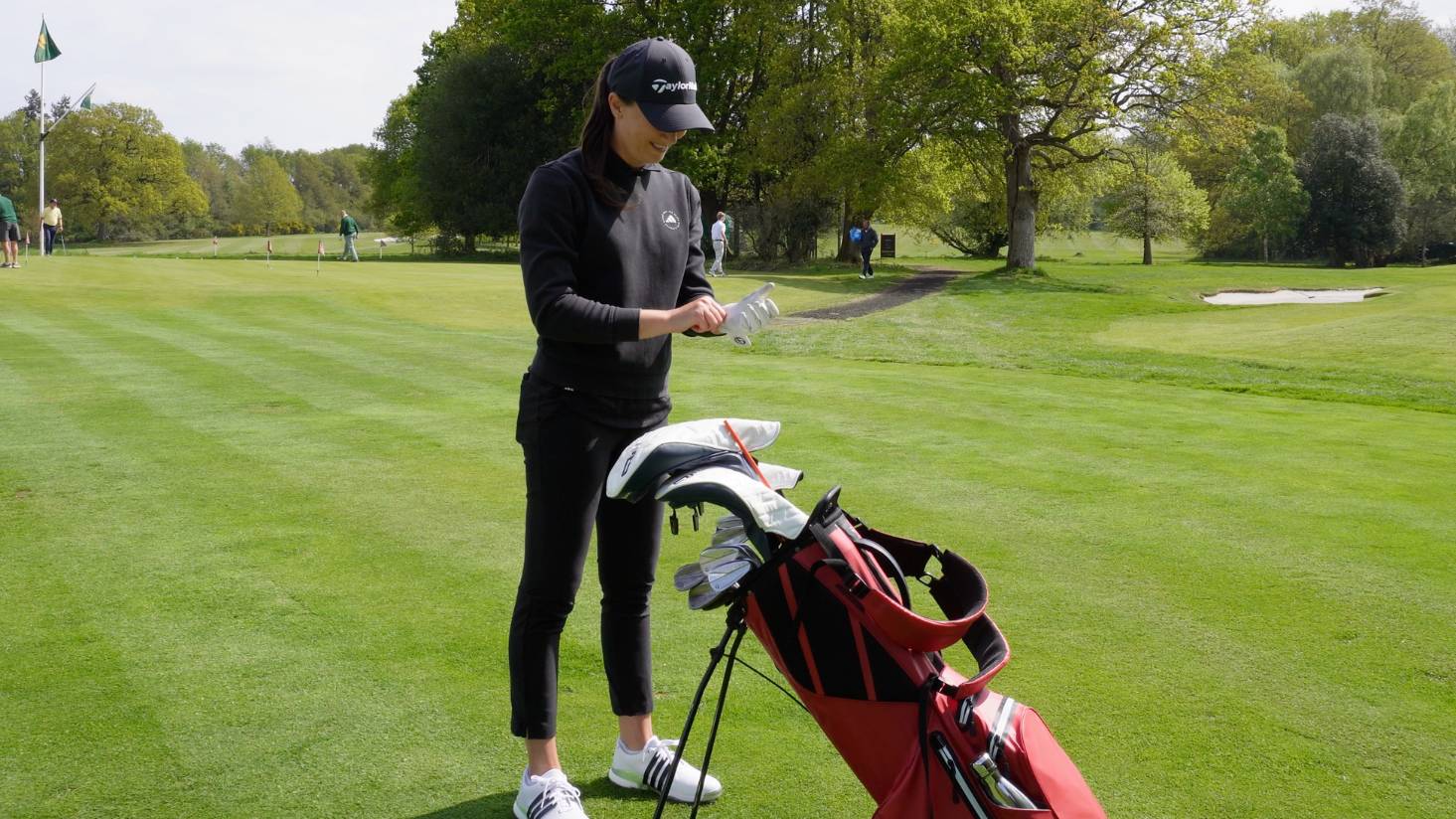
Calculate Your Score After The Last Putt Drops
I’ve learned over time that I play better when I’m not fixated on my score. This might sound easier said than done, especially when you’re playing in a competition and your card-marker calls out your score at the turn. But experience has taught me that when I play without keeping a mental tally of where I’m at, I shoot my best scores.
This habit helps me to focus on each hole in turn, without putting the pressure on myself to get a par or even a birdie if I’ve just let a shot slip on the last. And oddly, it’s been most impactful on the rounds when I’ve had a blow up hole. By letting that hole go and not kicking myself that my score has just shot up, I’ve gone on to shoot some of my best scores.
Now, I only calculate my score at the very end of my round – when that last putt has dropped and I’m well away from the 18th green. And when I catch myself starting to keep track of where I’m at mid-round, I’ll shift my focus back to the shot at hand because I’ve got the evidence that staying free from my score, helps me bring it home the best.
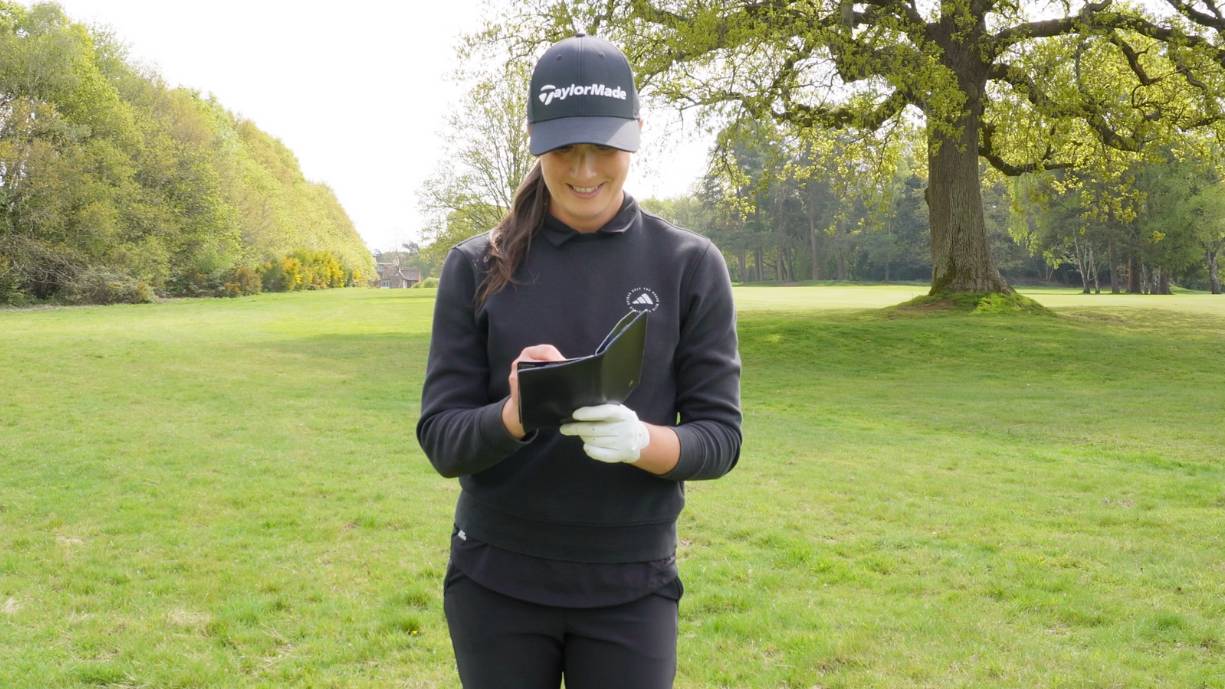
Work On Your Course Strategy, Not Just Your Swing
The swing that got me to single figures wasn’t a pretty one. So much so that I’ve spent this winter unpicking the habits that have haunted me – from rolling the club inside to coming over the top. But the funny thing is, it didn’t take a “perfect” swing to get to single figures. It came down to how I plotted my way around with the swing that I had on the day.
When I look back on my best rounds, there have been mistakes, there have been shots and swings that left me sighing…and there have even been blow up holes. But those rounds taught me that it’s not only down to how I’m swinging that day, it’s down to how I’m plotting my way around the course.
The strategies I’ve turned to – like when in trouble, don’t make double or the 80% rule – have helped me to play my best with the swing that I have on the day. That’s why I think it’s crucial to work on your course strategy as much as – if not more than – you do your swing.
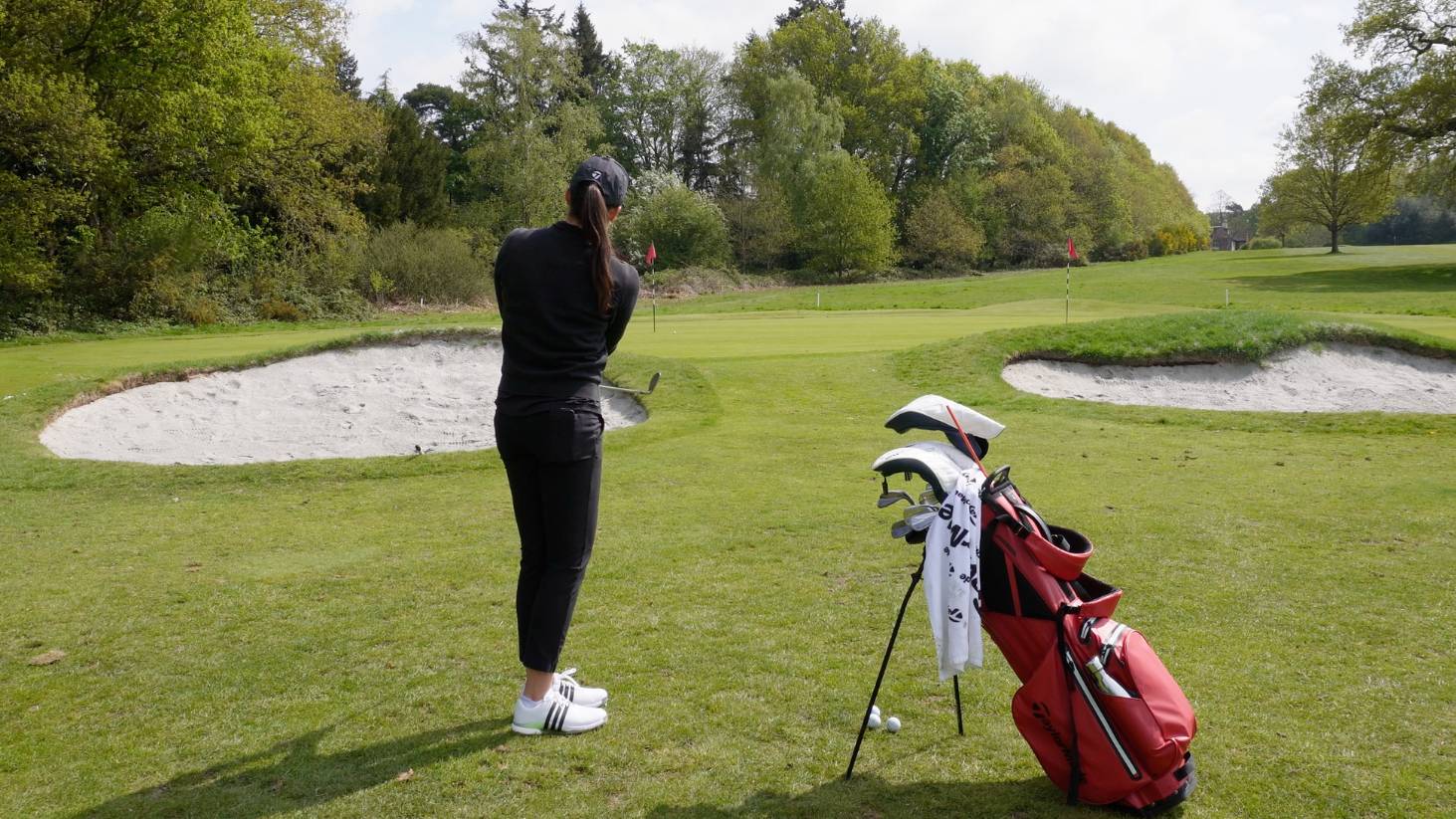
Practice Like The Golfer You Want To Be
One of the things that naturally follows a handicap cut, is the fear that you won’t stay there. You might worry that the round or rounds that got you there were a fluke and you’ll soon find yourself heading back up.
That’s why I’ve always practiced like the golfer I want to be, not the golfer I am on paper. When I was a high-to-mid handicapper on my way down, I asked myself…
How would a single figure golfer practice?
How would they structure their practice?
What would they work on?
Even when single figures felt out of reach, asking myself that question gave me a focus and a plan for my practice. I had a goal to work my way back from rather than hope I reach one day.
Going through this exercise also highlights the areas of your game that need attention. For example, I used to struggle with bunkers – I would get in the sand and my heart would sink, knowing a hit-and-hope shot was coming up. But in my vision of a single figure golfer, they would walk into that bunker with confidence, knowing they’re not only about to get the ball out but they’re going to give it a good chance of getting close.
That gap, between where my game was and where I believed it needed to be, gave me the gusto to get good out of bunkers. That’s why I’ve been working so hard on my swing this winter because I knew that the swing that got me here (to single figures), won’t get me there on my search for scratch.
Follow Jess’ golf journey on Instagram and YouTube.
After cutting her handicap from 34 to 9 in a year, Jess Ratcliffe is documenting how she’s working on her game to get really good at golf on her YouTube channel and Instagram.
You must confirm your public display name before commenting
Please logout and then login again, you will then be prompted to enter your display name.
